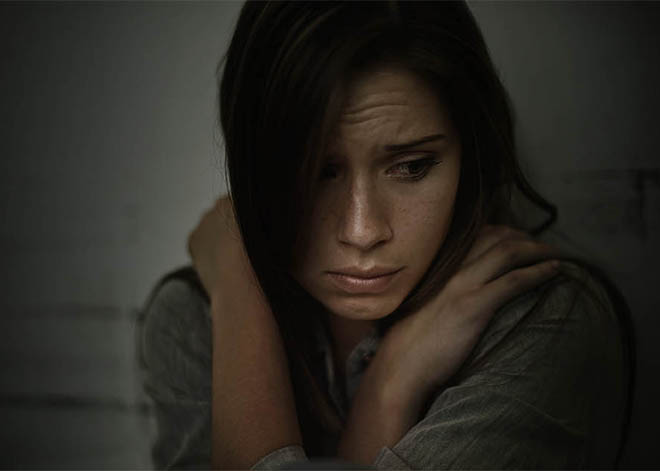Indigenous youth have most psychological distress

In 2018, more than three in ten (31.9%) Aboriginal and Torres Strait Islander young people met the criteria for psychological distress, compared to 23.9% for non-Indigenous young people.
Females were twice as likely as males to experience psychological distress. The increase in psychological distress has also been far more marked among females (from 22.5% in 2012 to 30.0% in 2018, compared to a rise from 12.7% to 15.6% for males).
A new joint report by Mission Australia and Black Dog Institute indicates almost one in four young people in 2018 say they are experiencing mental health challenges.
The Can we talk? Seven year youth mental health report – 2012-2018 presents Mission Australia’s Youth Survey findings of the past seven years – and is co-authored with Black Dog Institute experts – to ascertain and investigate rates of psychological distress experienced by young people in Australia who are aged 15-19.
The report further examines the concerns, general wellbeing and help-seeking behaviours of the close to 27,000 participants of the 2018 Youth Survey aged 15-19, including those who are experiencing psychological distress – highlighting the vital role that friends, parents, services, schools and the internet play as sources of help for young people who are struggling with their mental health.
Key findings include:
- Close to one in four young people met the criteria for experiencing psychological distress – a substantial increase over the past seven years (rising by 5.5% from 18.7% in 2012 to 24.2% in 2018).
- Stigma and embarrassment, fear and a lack of support were the three most commonly cited barriers that prevent young people from seeking help.
- The top issues of personal concern for young Australians experiencing psychological distress were: coping with stress, mental health and school or study problems. There was also a notably high level of concern about other issues including body image, suicide, family conflict and bullying/emotional abuse.
- Almost four times the proportion of young people with psychological distress reported concerns about suicide (35.6% compared with 9.4% of respondents without psychological distress).
- Young people experiencing psychological distress reported they would go to friend/s, parent/s or guardian/s and the internet as their top three sources of help. This is compared to friend/s, parent/s or guardian/s and a relative/family friend for those without psychological distress.
Mission Australia’s CEO James Toomey said, “Parents, peers, schools and health professionals are vital sources of support for our young people, so it’s important they are adequately equipped with the skills and knowledge they need to provide effective support when needed. For schools right across Australia, more resourcing is needed to train staff, embed wellbeing personnel and provide evidence-based early intervention and prevention programs.
“Adolescence is a critical time in which to intervene, but we also know that young people experiencing psychological distress can be harder to reach. This report shows that young people in distress will seek help directly from the internet. As such, we need to continue to provide online and app-based tools that may be a key part of the solution. We also need to catch the problems upstream by prioritising early intervention and prevention efforts.”